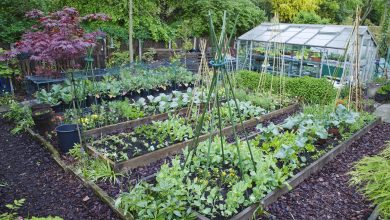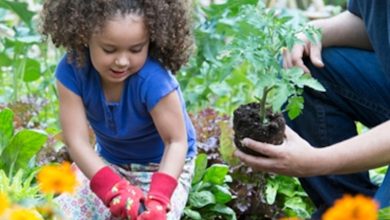Cultivate Passion Fruit in Spain: [Cultivation, Care, Pests and Diseases]
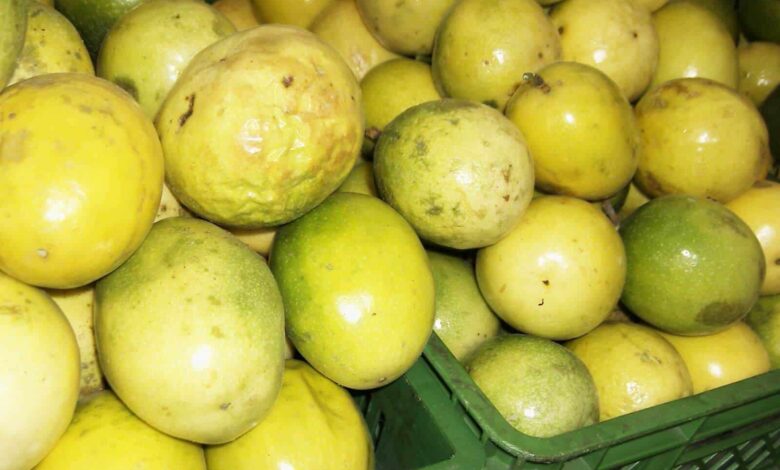
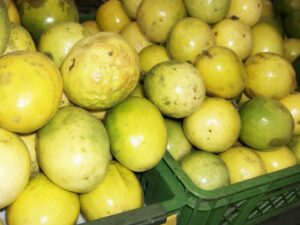 Its popularity in the world is due to its fruit , which is also called passion fruit, whose content is juicy, with seeds and a rich acid flavor.
Its popularity in the world is due to its fruit , which is also called passion fruit, whose content is juicy, with seeds and a rich acid flavor.
In addition, it can be used for decorative purposes and even planted in pots, so you can have it at home without inconvenience. Do you dare?
What is passion fruit?
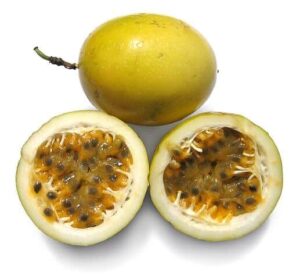 The passion fruit is a plant with a strong stem that grows with a climbing method, not straight from a trunk as in the case of the orange tree .
The passion fruit is a plant with a strong stem that grows with a climbing method, not straight from a trunk as in the case of the orange tree .
Its leaves are evergreen and the characteristic color is a vibrant green throughout the structure, with a smooth texture.
When sowing is complete, you can shed your first crop about 6 months later. However, its approximate life span is 10 years.
Where should we sow it?
It is also possible to sow them in pots and when they are already an appropriate size or their growth is being affected due to lack of space, change them.
What is the best time to grow passion fruit in Spain?
As it does not support winter and much less frost, it will have to be provided with an environment that gives it warmth, through the use of a greenhouse, for example.
In times of drought it can thrive very well, but it is best to take advantage when there is still some rainfall.
How do we prepare the land?
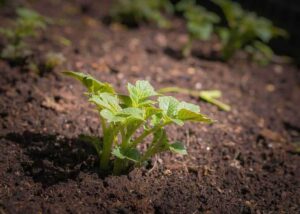 The ideal soil to grow passion fruit must have good drainage because it needs moisture, but not excessively .
The ideal soil to grow passion fruit must have good drainage because it needs moisture, but not excessively .
In addition, it requires a neutral or slightly acidic pH . For a correct preparation of the land it will be necessary to add a good amount of organic matter; the manure will be enough.
It is also necessary that the hole where it will be inserted has a good depth to develop.
How to sow a passion fruit step by step in Spain?
Step 1: Place the seeds in the seedbeds
The sowing of the passion fruit will begin from the seeds that will be placed in the selected seedbeds . The seed will take about 20 days to germinate.
Step 2: Remove weak plants and leave one per container
From there, it will be necessary to remove the plants that look weaker, leaving only one per container. Likewise, it will be necessary to allow the plant to develop in these containers for a time ranging from 2 months to 2 and a half months before transplanting .
Step 3: Transplant and place supports or tutorials
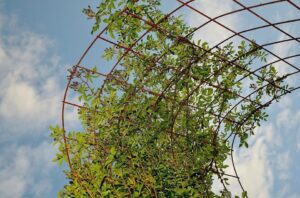 After transplanting, one of the most important actions is to place the supports or tutorials that the plants will have to grow .
After transplanting, one of the most important actions is to place the supports or tutorials that the plants will have to grow .
These can be designed as if it were a wire roof , placing poles every certain distance and joining them with the wires.
As the passion fruit grows, it will rely on these wires to prosper and generate its fruits normally.
Step 4: Apply a fertilizer every month
When summer arrives and the plant begins to produce, it is essential to provide it with more nutrients. Therefore, you will have to apply a fertilizer on a monthly basis, making sure it is slow release.
What care does passion fruit need in Spain?
Enough sunlight
The care that can be considered the most important is that you have enough sunlight, at least 12 hours each day . Excessive humidity does not please him, so he tends to lose heart when excessive rains are generated, being capable of dying.
In addition, humidity is an environment that greatly facilitates the presence of pests or diseases, so you have to take care of this.
Drip irrigation
 If it is a rather dry area, there will be no problems because it will be compensated with a good irrigation system.
If it is a rather dry area, there will be no problems because it will be compensated with a good irrigation system.
What the specialists advise the most is that the drip be used , but in sufficient quantities to keep it hydrated .
Especially in the growing season, it is essential to be very careful to offer it a good amount of water.
Prevent the plant from touching the ground and clean its surroundings
Another important care is aimed at avoiding by all means that the plant touches the ground because it will wither .
It is also important to clean its surroundings to prevent invasive plants from consuming its nutrients and can damage it.
Pruning
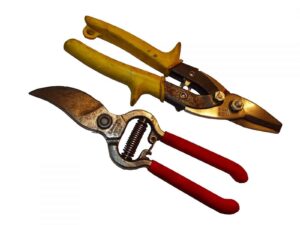 The pruning will be necessary to keep the plant in order , so work around this issue once a week is highly recommended.
The pruning will be necessary to keep the plant in order , so work around this issue once a week is highly recommended.
But that only when it has not flowered or the fruits are growing, since it would lose strength when having to concentrate on healing the wounds.
The cultivation is something very simple because in most cases the fruits fall by themselves and as they have a thick skin they do not hurt.
What pests and diseases attack passion fruit in Spain?
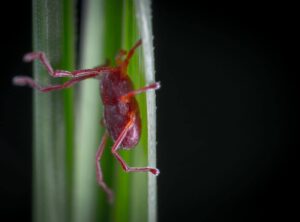 The red mites perform attacks in the inner area of the leaves causing alterations in the processes of chlorophyll, which makes the blade become yellow .
The red mites perform attacks in the inner area of the leaves causing alterations in the processes of chlorophyll, which makes the blade become yellow .
In the case of the thrip , what happens is that it attacks the points where the plant grows, affecting the displacement of sap and nutrients.
The rot can be generated from the base of the plant, even from the seeds, causing weakness and loss of color in the leaves. The death descending affects the buds immediately transferred to the branches, thus harming the entire structure.
Passion fruit can be consumed directly from the fruit (without the peel) or prepared in juices, desserts and even savory dishes. Without a doubt it is one of the most valued fruits in the world.


